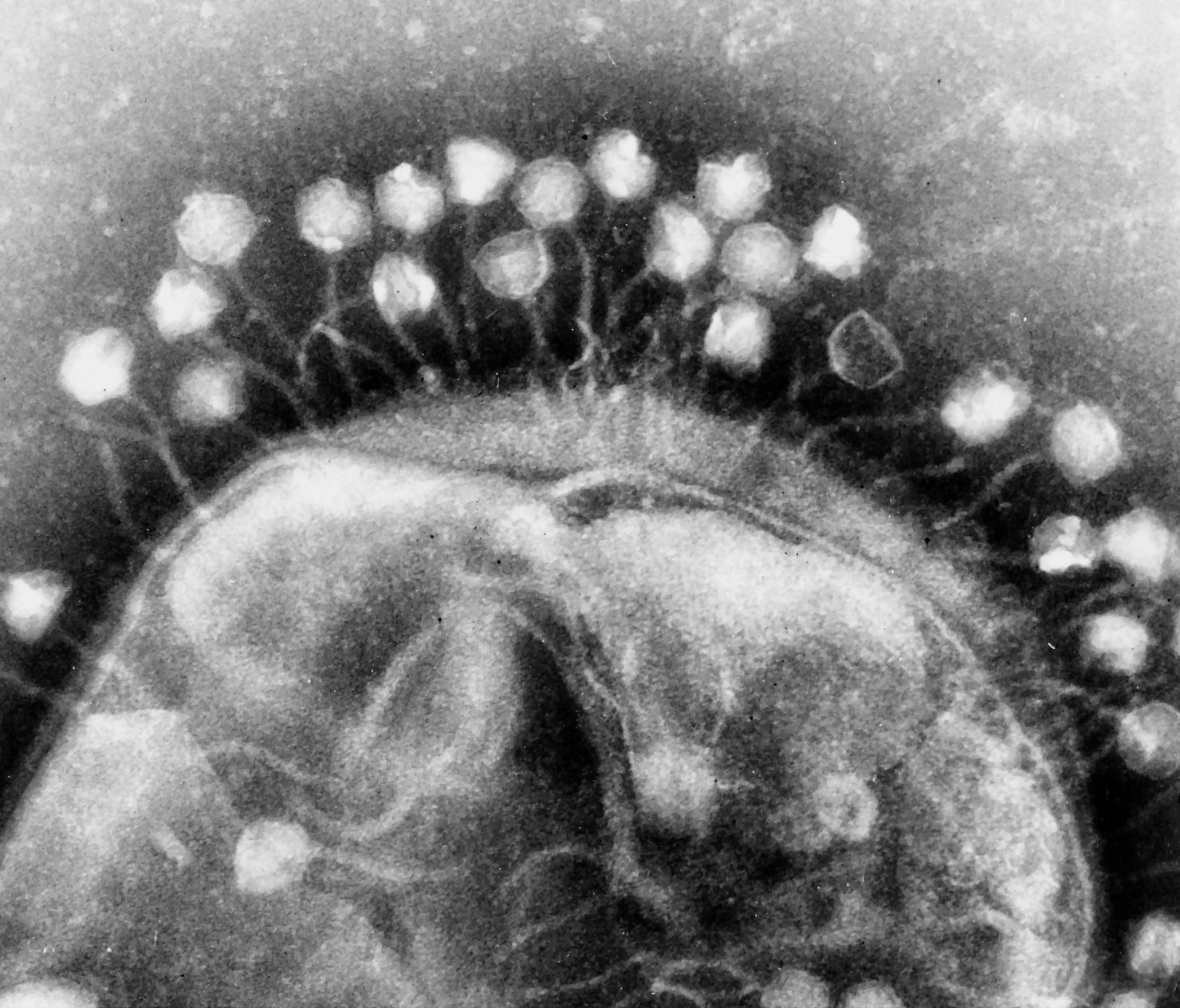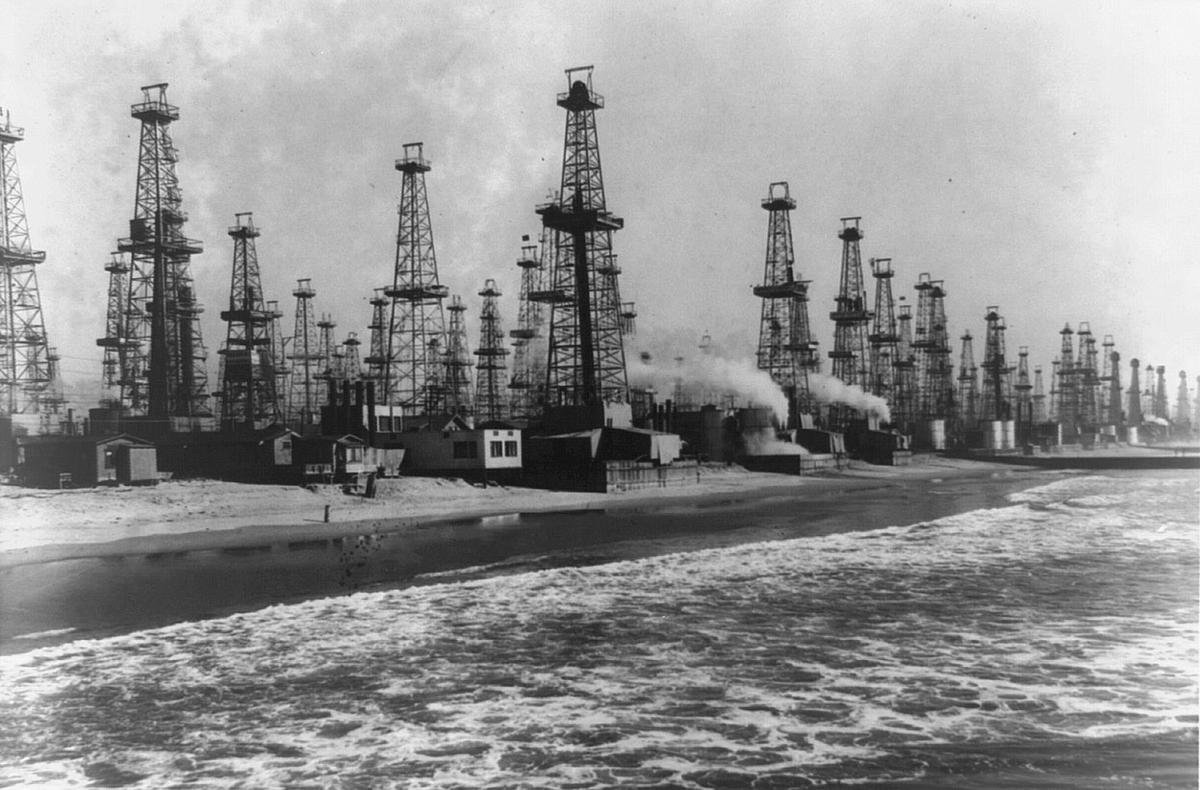I was born to propagate,
Propagate change,
To belittle the glory of your existence,
I am the glitch, the oldest one…
Above is the picture of the two deadliest beings on the planet. This article is about how these two different species have commonalities and how each of them cling and adapt for a chance of survival. This narrative is a result of discussions around the Covid-19 pandemic 😷 and around Climate Crisis 🌪, two of the most vicious, urgent, and anxiety-spiking topics of the past decade. Both of them are pivoted around mankind, hinged on our intelligence as a species: on how we can successfully ward off these dangers and continue to grow.
So far (since 2019 when the first case of Covid 19 was reported), we have successfully cut short the dangers of the Coronavirus 🦠. With the vaccinations 💉 and changes in social behaviors like physical distancing, mask-wearing, etc., we have managed to curtail its activity to some extent. The evidence is the ease of mobility and lack of fatal cases we are encountering now than maybe a year ago. But the war is far from over, and the virus is mutating, evolving to become more and more infectious, resilient, and deadly (Read Omicron’s Radical Evolution). Even though the death rates have dropped, the Omicron variant happens to be more contagious than past variants and is still deadly for infants and patients with chronic illness. Similarly, other variants that are terminal to the human body (especially the Delta variant), although suppressed by the vaccine, are showing signs of mutation and might come up again as more formidable versions of themselves. Moreover, with the growing temperature🌡️ of the planet, coronavirus might not be the only pathogen we have to worry about. Newer players might follow the trend of the Ebola outbreak (as outlined by New Yorker), and things can get ugly again.
Why does the virus do what it does? Does it wants to survive and thrive? Is there any purpose to the behaviour they exhibit? We have no idea. So far we only know that a virus’s basic function is to replicate. For an organism smaller than a uni-cellular bacterium, it is surprisingly complex to understand.
Diagram showing the basic structure of a virus. Basically a DNA or RNA incased in a protein coat.
The basic anatomical features of viruses do not meet any criteria that biologists agree are required to call something ‘alive’. They do not perform metabolism (making energy from food), cannot reproduce out of its own capacity, do not respond to stimuli, or have a cellular composition or a complex growth. They are considered biologically inert and are often placed in a grey area between living organisms and biomolecules (proteins, enzymes, 🧬, etc.). In truth, viruses are just genetic material (RNA or DNA) in a protein casing. Nevertheless, they highjack the cellular machinery inside a ‘host’ cell by bonding with their outer surface receptors, injecting their genetic material inside and forcing the cell to make replicas of its own instead of what the cell would normally be doing. Once sufficient replications are made, the viruses release endolysin, a powerful enzyme that punches a hole in the host cell and tears it apart, killing it and restarting the whole process over again. 😵
Structure of a (Bacterio)phage:
A. Head
B. Genetic material
C. Contractile Sheath/Pipe
D. Tail fibres
Prof. Stephen Hawking famously defines intelligence as the ability to adapt to changes. But we do not for sure know what is the purpose of the said adaptations. For all practical purposes, they could be the means to survive (to move away from danger and towards food and shelter), to continue one’s life, to thrive and propagate. But what do we know about the meaning of lifecycle for a virus? Even though it isn’t alive it often exhibits the signs of an intelligent living organism (if one does not base this on the process but the outcome that follows its presence i.e. they definitely replicate and adapt to their environment). We understand its lifecycle based on the fact whether its viable or capable of causing infections. Some viruses like influenza or HIV virus in that sense have a very short life - they can’t survive for more than a few hours outside a host organism unless kept under carefully controlled conditions. Others like smallpox etc. can remain infectious for years.
But one thing is for sure: a healthy host body provides a good breeding ground for many species of viruses to grow and spread. Although we currently have very little information about the virome of the human body, there are many trillions of viruses in and on our bodies at this very moment. They bond with a specific host cell and either take complete control over it immediately or bond with the host cell's genetic material awaiting the right time to reveal themselves. In either case, the host cell perishes. Such activity gets symptomised in the human body as a disease (body ache, runny nose, diarrhoea, etc.). Body temperature rises in an attempt to kill the pathogen, WBC count increases to combat foreign particles and exponential growth of viruses is slowed down (sometimes) to a stop. And for the matter of propagation and subsequent replication, the virus needs to find a new host body aka a different human being before it either disintegrates due to natural causes or is taken over by the host body’s immune system.
If you ignore the timescale and few scientific details for a minute, something similarly unpleasant is happening when we zoom out and look at Earth 🌍 as a host body and its inhabitant species. All drawing resources from it, modifying it, some harmful and some inert, changing and reshaping their survival strategies as they operate. Only our (human) strategies have evolved from hit-and-trail-based knowledge to deliberate calculations of the future. The power of us human beings to affect, control and change the environment is growing as our technology grows. In doing so we have gained control over our planet and its resources, and have survived and thrived into the Anthropocene Era, where mankind is intentionally or inadvertently ‘highjacking the existing systems in nature well beyond the levels of ecological balance inherent to it’. And the Earth is showing signs of fever 🤒 Extreme temperatures are witnessed everywhere in the world, triggering counter systems in nature that are manifesting as flash floods, erratic rainfalls, extreme heat and cold waves, hurricanes and tropical cyclones, rising pH of the ocean water, and many other changes that are yet to be discovered. In a sense, the immune system of the planet has kicked in and this means the host body is rejecting our presence. How does our species respond to this looming threat?
Just like different variants of coronavirus can coexist and affect the human body, different schools of thought occupy the collective world psyche. Not all variants of the coronavirus behave the same way in a host body. The coronavirus has been evolving over time, cross-mutating with other viruses to create ‘stealthier’ versions of itself, versions that might be present in a host body without showing any symptoms (asymptomatic) or not easily detectable. through testing and are manifesting only in the weak and the old. The previous hallmark symptoms of coronavirus like fever, cough, and loss of taste or smell are slowly dwindling in the case of Omicron. Instead, other non-prominent signs similar to common cold such as sore throat, sneezing, and runny nose are being seen more prominently. It is almost as if the Omicron virus knows that it cannot fatally affect the host body if it wants to stand a chance for its own survival. It has permanently established itself in humans, alongside four ‘seasonal’ coronaviruses that cause relatively mild colds and have been circulating in humans for decades or more (Read more Beyond Omicron: what’s next for COVID’s viral evolution). Contrastingly, the Delta variant mindlessly replicates itself in the host body, if it means the host dies and ends the life of the virus also (since cellular functions cease).
Sounds familiar? Many people believe that climate change is a hoax and conspiracy strategy to slow down development. These people pay blatant disregard to the continued warnings by our scientists and continue to follow a high carbon-footprint lifestyle. If this was not enough, they also collectively elect their representative to positions of power in state and financial institutions where most of the policy level decision-making happens. They are lobbyists of ‘business as usual’ and are either oblivious, by-standing, or actively ignoring the signs of climate anomaly and its aftermath. Very much like the Delta variant, this group does not seem to know or care about the health of the host body or the futures of others in it. They also employ information suppressing mechanisms like corporate greenwashing in social media to prevent others from changing themselves (or mutating 😉), however, this parallel has no scientific basis. We call this group the DELTA (Δ) GROUP. They are typically the ultra-rich portion of our society and are capable of avoiding a climate disaster or are well guarded by the ‘social buffer’ that lower classes provide them in the event of an apocalyptic event (Refer to the feature film 2012).
The other group or the OMICRON (Ο) GROUP, is more mindful in their approach towards using Earth’s resources. They still act out of their survival instinct but are aware of their impact on the planet. They take the necessary steps to reduce individual carbon footprint, support a circular economy and sustainable ways of living in the future. They derive knowledge from old players (as explained in this Youtube video), the COMMON COLD (C) GROUP, the seasonal harvesters, tribals, and indigenous folks of the world on how to strike a balance between nature and themselves. In that sense, the Omicron group is more likely to live past the Delta group, given that the latter does not kill the host before that. Such is the state of affairs on our planet now. Our species is behaving like a virus (see the reference in the 1999 movie, The Matrix) but unlike the coronavirus, we do not have any other host body to go to. It’s not like we are surrounded by habitable planets waiting to be colonized. At least, not yet.
Given that the climate change timelines transcend a single generation, it is easy for the Delta group to say that it is not their problem. And then it is no one’s problem. But changes in global temperature and ecosystem bear long-term constants, and cannot be changed when it is already too late. What will be of our species now? Does the Delta group switch sides? Or do we perish because of the folly of a few, who in their greed or arrogance do not see the imminent danger that is upon us? Do we, as Dr. Carl Sagan said ‘generate a global consciousness, shed past our exclusive identifications, our generational and political groupings in which we were accidentally born’? The virus is surely adapting itself to the changes around itself.
Do we emerge as an intelligent species once again and survive this crisis? Do we remain a Delta variant and perish or convert to an Omicron variant and survive this crisis together? Which one are you right now? And where do you want to be?
I would like to know your views on the comparison made above.
I would like to thank my friend and colleague, Utkarsh Anand to brainstorm and walk be along this idea.




